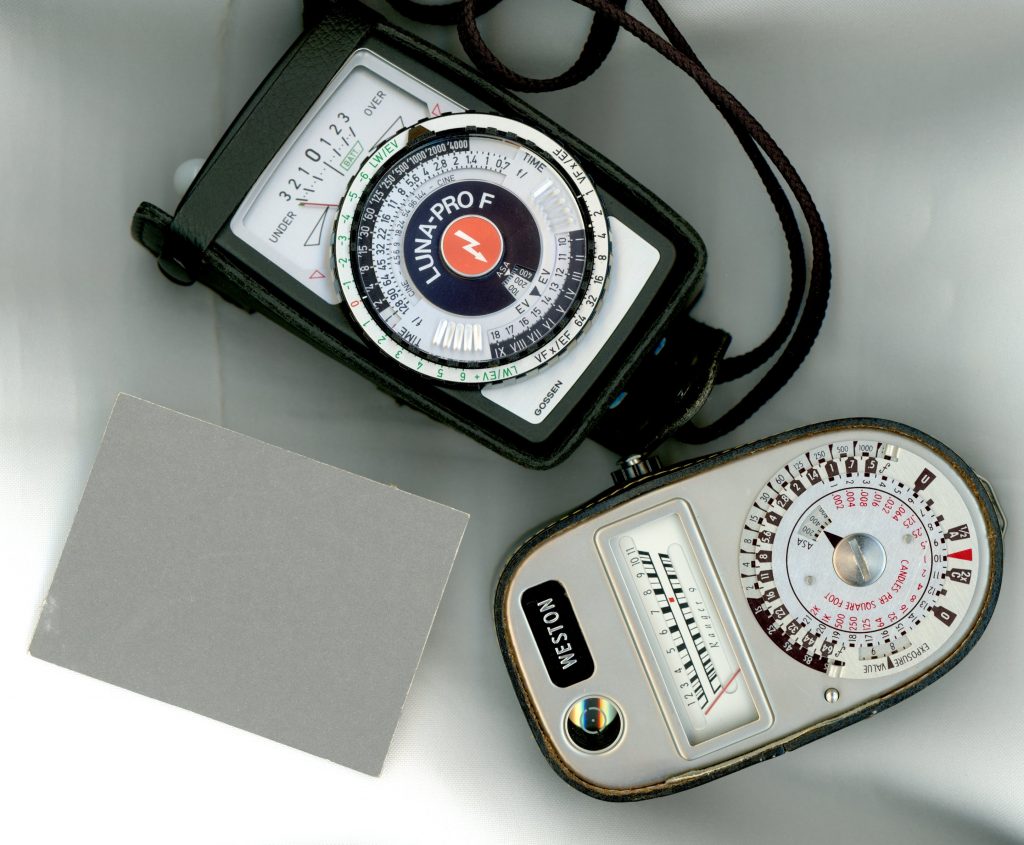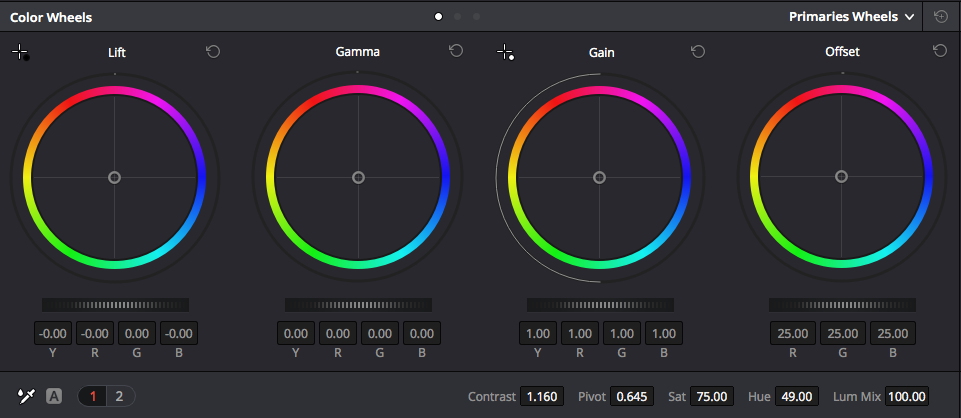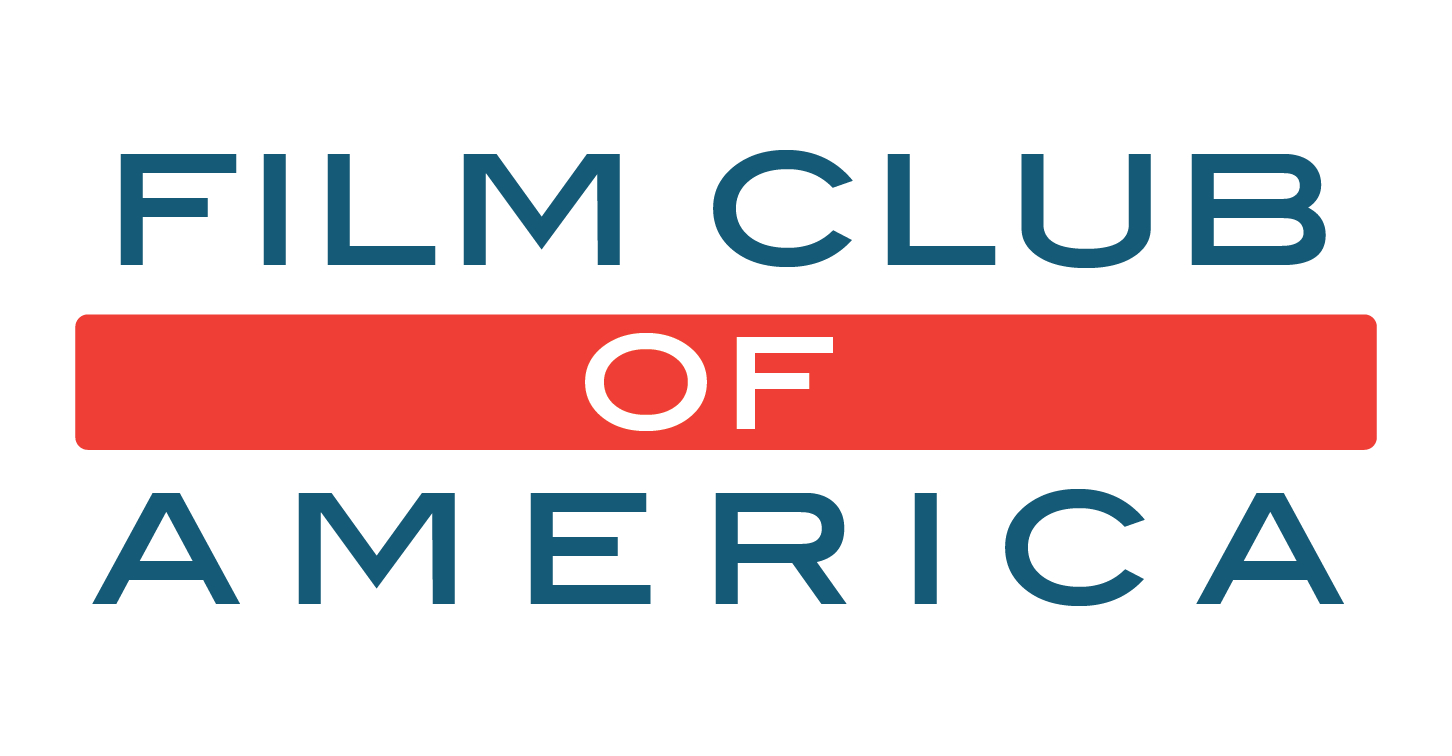After ordering a roll of Kodak’s Ektachrome super 8 film stock, I felt I was in over my head.
You may have experience shooting film, but reversal stock separates the kids from the adults. At least that’s my take on it. All in all, the experience was not that bad.
For starters, I am not the average amatuer shooter. Like many super 8 gear slutz, I got my start in a janky ol’ film school out of the city of Miami. This school had what every film school has. Terrible gear, but amazing grassroots professors.
I can hear my Professor (Luis Crump) passionately telling my class, that; ‘We are not here to make films, we are here to make damn good films.’ So, I dedicated myself to learn how to properly expose color negative stock from my humble beginnings at film school.
Although I submitted myself to grueling hours in an underfunded private school library, I had never come into contact with any reading material that teaches exposure techniques on color reversal stock.
To be completely honest, after Kodak canned the production line some years back, I didn’t think I would ever need to learn it.
Eugene B. Batiste III, Film Club of America
Luckily for us all, Kodak revitalized the line. Alas, ektachrome is back baby!
I opted to find a model (@rivetta_rva) for my experiment in Ektachrome. Why you might ask? The internet is washed with shots of green foliage and skylines shot on this nouveau version of the stock. I wanted life, a face, and mountain of human existence to capture on my cartridge.
I ventured where any knowledgeable filmmaker would to find grade “A” talent. Facebook. It may not be the most “pro” job board on the web, but out of the quasi-billion users The Zuck boasts, one of them is bound to be down to shoot on film. Hell, and I have the new chrome.
It was time to make a movie.
After posting to a local group, it couldn’t have been 5 minutes before I got a reply from the beautiful face featured in the film. I made the first contact in direct messenger. Our communications were extremely brief and to the point.
A time, a place, and a mandate not to be late. I also said the shoot was going to be loose, nothing serious, just light posing and maybe some dancing.
Well, look at me. I don’t mean to blow my own whistle, but I booked talent and got a fresh cartridge of Ektachrome within a week of placing the order. Mind you, this whole shoot was booked in 2 weeks time. I tip my hat off to the local film community around Richmond, Virginia. Being here is a blessing.
There was still work to do. I didn’t want to direct the film.
My intention was to focus on nailing the exposure and picking low contrast backdrops just so I could make a suitable exposure.
So, I hired my wife. You guessed it, we met at that janky film school in Miami.
When I brief her, I laid the dressing on thick. I let her know, ‘This is ektachrome!’ No one shoots this stuff, and when they do, the tones come ultra dark or completely washed out.
She wasn’t impressed by the limited latitude of the stock, yet, she was thrilled to get back behind the camera. She had previously taken a lay-off from fitting her face to the eyepiece to schlep around on high paying seasonal work.
That, and she was raising our children. But it was time for Stella to get her groove back. What better way than to shoot the most unforgiving offering from Kodak’s line-up.
Not to worry, she is pretty good at getting talent to loosen up. That’s a plus, because we wouldn’t have time to shoot through it. I only purchased one roll. So it was imperative to get something on it that was watchable.

Now, a camera to shoot the ektachrome.
We already had a camera system. We would shoot on the Japanese made Elmo Super 110. I like this camera because it is straightforward. There are no programmable bell and whistles on it, like on the later model super 8 camera systems.
It has just enough automatic features to know that the manual functions are better suited for all applications. And the lens is a winner if you can nail the focus.
The biggest set back is that we did not have a video-assist. We had to wink our eye tightly to peer through a peephole sized reflex viewfinder, which was completely useless in low light situations. But that was my wife’s problem. I just had to get an aperture reading, set focus, and let the good times roll.
Now that the cat is out of the bag-
How was the experience?
Well, for starters, everything on the day went extremely well. We arrive to the rendezvous point pretty early in the day. I think the nerves were getting to us. Sadly, we couldn’t to fire off the first couple shots.
The plan was to shoot the street art in Richmond- it turns out some world renowned. artists have been gracing the side of building in the city. We definitely want to use that as a backdrop because the vivid use of color in each piece.
Thing was- we had no idea what our model would where. Lucky for us see opted for a dark look that match must of the artwork to a “T”. We had a few snacks before we proceeded to walk the block and grab our first shot.
I was using a Gossen Luna Pro F to get my exposure readings. I love that meter. If you have ever used one you’ll know the feeling you get when you fire off reading, and it literally gives you everything you need. For those of you that haven’t had the pleasure. This meter was designed for every practical use of a light meter.

It does incident reading & reflective reading. It has a zone system scale, EV compensation, the works. I just love it. I exposed everything for Rivetta’s skin and let the tones fall where they were. We had no lighting equipment, and we were shooting on an overcast day. So, I knew I wouldn’t get in to too much trouble if I just the artwork behind the model and let Yerika do her thing. That plan worked work out pretty well.
What did we learn?
You remember that stuff about the film’s latitude. Well, it’s true. You are not going to get away moving the stop +/- one single iota.
Find a relatively flat lighting scenario and choose what your diffused value (middle grey) is going to be, and be firm with what the meter tells you. There is nothing more you can do.
Or is there. I would to shoot this stock with a proper light kit. I am sure you can really do some next level work with one. Natural light doesn’t give you too much to look forward to creatively. Having extra gear will just that little extra -umph- to control specular highlights and shadows.
What else? That’s right. We learned that my wife has a fidgety weak hand. She is used to manning the lens (a.k.a. using auto focus) that feature didn’t exist when this camera was made. So, when she would zoom in to a telephoto/close-up, she forget how tedious shooting on film could be. Literally, every time you change the frame size or distance to the subject, you should calibrate the focus ring. I directed her our blog post about nailing the focus just for good measure too. You can also read it here. She had know idea about what hyperfocal distance is. When shooting super 8, that hack can be a lifesaver!
The biggest pain in the butt was not the shoot, it was the backend workflow.
I don’t even know where to start. I predicted that film would be devloped and transferred in two weeks time. That couldn’t have been further from the truth. Granted the film was developed fairly quickly for having to ship it 3000 mi across the earth and back.
But in the ecosystem of film, I have learned to send my own shipping label to the labs. Unfortunately, these weasels have found a way to nickel and dime that the process too. I don’t know what Spectre Film and Video was thinking, but they literally charged me an extra ten bucks just to stick my roll of film into a box. Not cool. I love the work they do, but I am going to make a valiant effort to find and purchase processing equipment at the film club, to prevent this from happening in the future. At least I have high hopes for this.
Even the scan took forever. I personally love the quality the comes out of Gamma Ray Digital. Part of the delay was my fault.
I opted for a 4k scan and sent a tiny GB thumb drive thinking I could get away with squeezing the file on it. No dice.
Eugene Batiste III, Film Club of America
I had to go with a 250GB SSD option, and to top it off, they kept my USB cord.
All in all, the processing and scanning took 4 weeks. That is horrendous in this fast paced world of digital technology. When I did get all the footage and film back, the quality was superb. So, it was worth the wait for me, but I am a cinephile.
I doubt other shooters will be so patient. I hope I am wrong about it. To be completely clear, patience is a virtue in this current Super 8 ecosystem.
How to edit and grade Kodak Ektachrome footage.
There was not much need to get to the final result. The DaVinci system was used for the grade. I used the wheel to add a 10% boost to the saturation, because that’s what I paid for when I ordered the stock. I really wanted to see what color information was there in the print.
Speaking of the print, fresh off the scanner, it comes back with a slight log-curve. So, you will have to add contrast and make gamma adjustments.

The grain was so fine, I didn’t need to tax my machine with any excessive noise reduction. Not to mention, the out focus material was left untouched. I didn’t want to pickle it any further that what was done on set.
So you are really seeing Kodak’s Ektachrome in all of it’s glory!
Oh! I had to throw a classic soundtrack over the images, it just worked from the get-go. So, booyah, Peggy Lee for the win.
Overall, I had a great experience with ektachrome.
I can’t underestimate how satisfied I am with the whole process. The intangibles weighed in a lot. Remember, I wanted to get my wife back in the groove of shooting film.
That happened. I wanted to worry only about exposure and focus, that halfway happened. And I wanted to enjoy the new offering from Kodak. That certainly happened.
Even though, we have to deal with the sleazy practices of businesses in our ecosystem, it doesn’t take away from the enjoy of shooting a great film stock. I honestly can’t wait to go at it again. And hey, let know if you have had an experience with Ektachrome in the past or in it’s current offering in the comments section.
This film may not have been damn good, like the ol’ professor desires, but I can guarantee the next one will.

